Cracking DTAC: What Digital Health Innovators Need to Know Before Selling to the NHS
If you’re building a digital health product for the NHS, you’ll hear about DTAC early, and for good reason. Short for Digital Technology Assessment Criteria, DTAC is the standard all digital health technologies must meet before they can be considered for use within NHS systems. It exists to give NHS organisations confidence that any technology they adopt is clinically safe, secure, accessible and effective.
At face value, DTAC looks like a fairly standard assurance framework. Clinical safety. Data protection. Cybersecurity. Usability. Interoperability. You could be forgiven for assuming that, if your product is secure and GDPR-compliant, you’ll breeze through it.
But the reality is, DTAC is often the difference between a promising pilot and a stalled procurement process. It’s not a nice-to-have: it’s a line in the sand. If your product doesn’t meet DTAC, most NHS organisations won’t consider moving forward. Yet, many promising health tech ventures underestimate its scope until they’re knee-deep in procurement talks.
We’ve written this article to help you navigate DTAC with confidence, understanding what’s required, why it matters, and how to get it right from day one.
Why DTAC exists and what it actually means
The NHS isn’t short on innovation. It’s short on time. Before a digital product can be commissioned, buyers need to know it’s safe, compliant with data regulations, and won’t cause technical or clinical headaches down the line.
DTAC solves this by acting as a single, streamlined assessment covering five core areas:
- Clinical safety: Ensuring your product doesn’t introduce risks to patient care or clinical decision-making.
- Data protection: Safeguarding personal data in line with UK GDPR and ensuring transparency in how it’s used.
- Cybersecurity: Protecting your system from unauthorised access, breaches, and other digital threats.
- Interoperability: Making sure your product can securely exchange data with existing NHS systems and standards.
- Usability and accessibility: Designing your product to be intuitive, inclusive, and usable by all intended users, including those with disabilities.
Under DTAC, aligning with these areas is not only best practice, but a minimum expectation. If your innovation is unable to meet these criteria, you are less likely to succeed in engaging buyers.
Why DTAC Isn’t Just Another NHS Compliance Box to Tick
DTAC exists because the NHS doesn’t have time to manually evaluate every new digital tool entering the system. It was introduced to streamline due diligence for NHS organisations, giving them a consistent standard to assess whether a solution is safe to use, secure by design, and suitable for frontline care.
In practice, DTAC is less about “compliance” and more about confidence. Confidence that your platform won’t put patient data at risk. That it won’t introduce clinical risk into an already complex environment. That it won’t require months of rework before it can integrate with existing systems. And perhaps most importantly, that it will actually be usable for clinicians under pressure, and for patients with real-world accessibility needs.
Most suppliers underestimate what’s involved
Too often, DTAC ends up as an afterthought, a final hurdle to clear, instead of a foundation to build on… And that’s where things go wrong.
DTAC isn’t a document you can quickly fill out and send off. It requires meaningful evidence of how your product has been designed, tested, governed and maintained. If you don’t already have that evidence in place, clinical safety documentation, DPIAs, cybersecurity controls, accessibility testing, you can’t fake it overnight.
Buyers know the difference between a product built with these principles in mind and one that’s been retrofitted to meet the criteria.
DTAC-ready doesn’t mean box-ticking
There’s a temptation to treat DTAC as a tick-box exercise: get through it once, and never look back. But DTAC compliance is a continual process as your product grows. With each new feature, you need to demonstrate that no new risks have been introduced for data subjects or patients. NHS organisations don’t just want to know you’ve passed DTAC. They want to know your team understands what it represents.
They want to see that you take clinical risk seriously, even if your product isn’t a regulated medical device. That you have a clear governance model for managing personal data, not just a privacy policy written for investors. That your platform is designed to support real NHS workflows, not just idealised user journeys. That your technology integrates with the NHS as it exists, not as you wish it did.
And if you can demonstrate that, DTAC becomes more than a procurement hurdle. It can become a differentiator - if you treat it as part of your product strategy, not just your compliance checklist.
Where to start and how Naq can help
If you’re unsure where to begin with DTAC, or just want to make sure you’re on the right track, we’ve put together a practical guide breaking down exactly what’s required, with actionable steps and advice tailored for digital health teams. Download your copy for free here.
Our platform is built to help digital health organisations become and stay NHS-ready. From clinical safety and data protection to cybersecurity and interoperability, Naq provides everything you need to meet DTAC without the last-minute scramble.
With automated evidence tracking, risk management tools, built-in policy templates, and hands-on support from our compliance specialists, we make the DTAC process clear, efficient, and achievable.
Ready to take the stress out of DTAC? Book a call with our team and let’s talk about how we can help.










